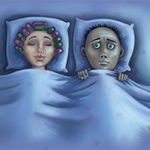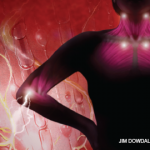Improving patient encounters may yield other dividends as well.
“The type 1 and type 2 SLE categorization model and the use of patient-reported outcome measures has revolutionized our lupus practice and improved provider satisfaction,” says Dr. Rogers. She notes this was an unexpected benefit, adding, “We now evaluate, score and offer treatment recommendations for type 1 and type 2 SLE symptoms at every visit. Our intent was to close the gap between patient and physician concerns and improve patient satisfaction and communication. But the incorporation of the patient perceptive into our understanding of lupus has actually brought us closer to our patients and made challenging lupus clinics that much more enjoyable.”
Lara C. Pullen, PhD, is a medical writer based in the Chicago area.
Reference
- Rogers JL, Eudy AM, Pisetsky D, et al. Utilizing clinical characteristics and patient-reported outcome measures to categorize lupus subtypes. Arthritis Care Res (Hoboken). 2020 Jan 7. [Epub ahead of print]


